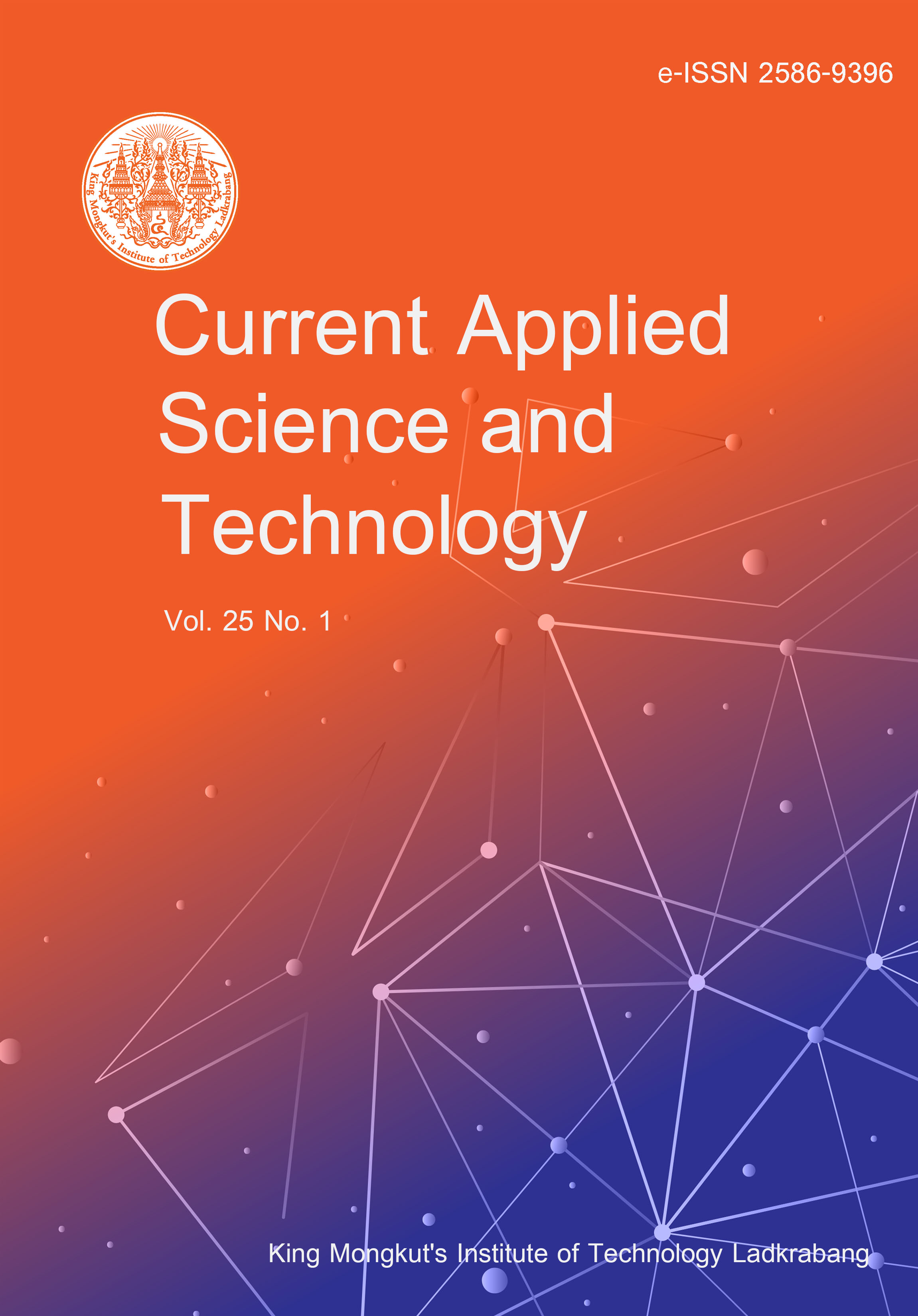Seawater fluctuation caused by climate change and domestic wastewater can affect the cultivation of green mussel (Perna viridis), which is a valuable marine food in the Indo-Pacific region. Hence, this research aimed to investigate the variation of seawater parameters in green mussel cultivation areas and the impact of changes in those parameters on mussel production. Three cultivation sites, pond, coastal line, and estuarine, were chosen to represent three cultivation methods. At each site, seawater variables and green mussels were collected monthly from January to December 2019. The results showed that seawater parameters varied significantly acroos the cultivation sites, and seasonal variations were found to be related to intense rainfall. The highest mussel production was found in estuarine areas followed by coastal line areas and ponds, which were 0.25±0.05, 0.01±0.003, and -0.01±0.02 kg/m2/month, respectively. Statistical analysis revealed that salinity and conductivity were factors that positively influenced mussel production potential. In estuarine areas, the salinity was suitable for mussel growth and there was abundant food for mussels; subsequently, estuarine areas had the highest mussel production. Meanwhile, ponds were not suitable for mussel cultivation due to low salinity. Although coastal line areas had the highest salinity, chlorophyll a levels were low, indicating a lack of food available for mussels. Consequently, the production potential was low. These results can assist farmers to select the best available areas for green mussel culture. Finally, in time of unstable seawater quality caused by environmental crises, our results can be useful for identifying the impact of seawater quality on green mussel production in each cultivation area.
Srisunont, C. ., Srisunont, T. ., Sriphoowong, C. ., & Srijantr, K. . (2024). Seawater Characteristics and Their Influence on Green Mussel (Perna viridis) Production Potential. CURRENT APPLIED SCIENCE AND TECHNOLOGY, e0262056. https://doi.org/10.55003/cast.2024.262056

